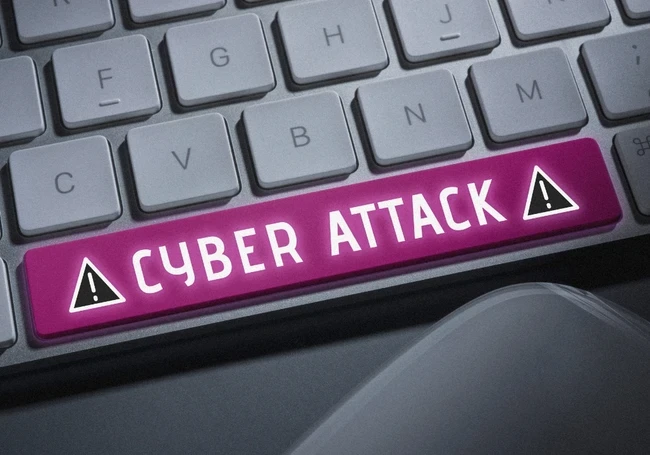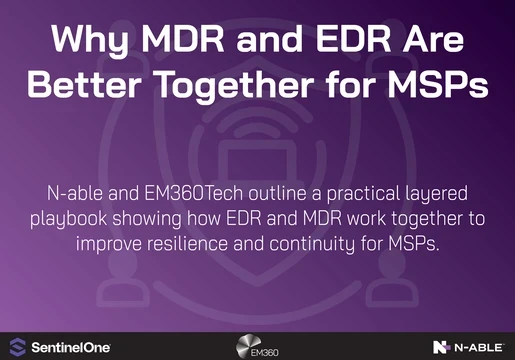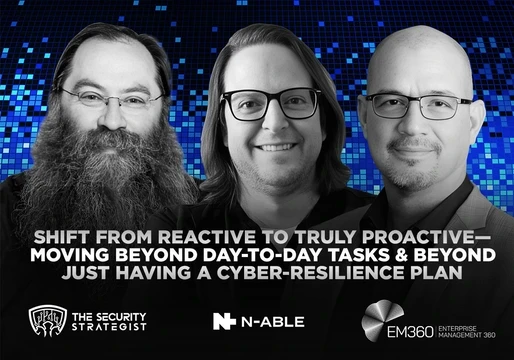Cyber attacks aren't new. Since the birth of the internet, organizations big and small and from all sectors have been targetted by cyber threats of all shapes and sizes.
But as business technology evolves, so do the hackers trying to attack it, resulting in more complex and more dangerous attacks than ever before.
Cybercrime is on the rise too. Over 2.3 million cyber attacks were reported in the UK in 2023 alone, with the average attack costing businesses £3,230 each.
Whether it’s malware, ransomware or phishing, these attacks can range from small-scale disruptions to large-scale disasters, and they can have a significant impact on individuals, businesses, and governments.

What is a cyber attack?
A cyber attack is any attempt to disable, manipulate, or gain unauthorized access to a computer system, network, or device. Cyber attacks can be launched by individuals, cyber groups, or even nation-states, and can target individuals, businesses, governments, and critical infrastructure.
There are many reasons why someone might launch a cyber attack. Some attackers might be motivated by financial gain, stealing information like credit card numbers or holding data hostage for ransom.
Others might be looking to disrupt operations or cause damage, such as by launching a denial-of-service attack that floods a system with traffic and takes it offline.

In some cases, cyber attacks can even be state-sponsored, where one nation attacks the computer systems of another to disrupt their infrastructure or telecommunications systems.
Cyber attacks are a serious threat to individuals and businesses alike. It's important for both businesses and individuals to be aware of the risks and to take steps to protect themselves, whether it be through using strong passwords, multi-factor authentification (MFA), or keeping software up to date.
Types of cyber attacks
1. Malware
Malware is a broad term for any malicious software designed to harm a system. It encompasses a wide range of threats like ransomware, trojans, spyware, viruses, and worms. Malware can steal data, encrypt files, disrupt operations, or even take control of your device.
2. Phishing
Phishing is a type of social engineering attack that attempts to trick users into revealing sensitive information, such as passwords or credit card numbers. Phishing emails or messages often appear legitimate, impersonating banks, social media platforms, or other trusted sources.
3. Distributed Denial-of-service (DDoS) attacks
DDoS attacks aim to flood a system with overwhelming traffic, making it unavailable to legitimate users. This can prevent people from accessing websites, online services, or even critical infrastructure.
4. Man-in-the-middle (MitM) attacks
MitM attacks occur when an attacker intercepts communication between two parties, allowing them to eavesdrop on the conversation or even modify the data being exchanged.
5. Zero-day attacks
Zero-day attacks are attacks that exploit vulnerabilities in software that the software vendor is not aware of. Zero-day attacks are particularly dangerous because there is no patch available to fix the vulnerability.
Biggest cyber attacks in history
Some cyber attacks are worse than others. While some only cause short-term problems and outages, other, bigger cyber attacks can be devastating – leaving companies with their reputation in tatters and a massive hole in their wallet.
In this list, we’re counting down ten of the biggest cyber attacks in history, exploring each attack's impact and the lessons we can learn from it







Comments ( 5 )
Sasha Harding
14/09/2022
Leonard James
14/09/2022
14/09/2022